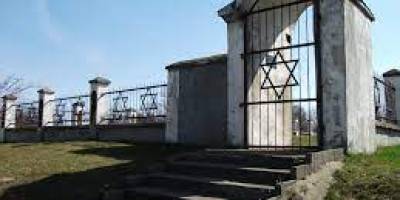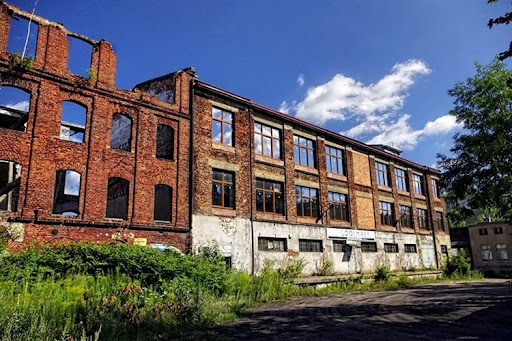Historical monuments in Zgierz
Most of the Zgierz monuments were createdfrom many old textile factories,which Zgierz was famous for. Virtually every old building has a history from their time.
Miasto Takczy is a historic district of Zgierz, which was established in the years 1821 – 1830. About 30 houses of weavers have been preserved in the area.They were built for clothiers who came to Zgierz with the intention of creating an industrial city In Miasto Tkaczythere are: the City of Weavers Cultural Park, the Museum of the City of Zgierz, the Wood Conservation Center, the “Przystań” Community Center,the “Tkaczy” Cafe & Bistro and the FOLKier Hostel.
Łaźnia Miejska is one of the most valuable monuments in our city. The investment was completed in just two years, the building was designed by the architect Leszek Dezydery Horodecki, known from many buildings in Kiev. The most original solution today are separate cabins for everyone, where you can change clothes in peace and dry after bathing. It is worth emphasizing that today Łaźnia has no problems with maintaining appropriate hygienic conditions, in the mid-90s of the twentieth century this facility was recognized as the best-kept swimming pool in the voivodeship.
Zgierz is famous for its old textile factories, there are such factories as: Wilhelm Fryderyk Zachary’s textile factory, which operated for almost 200 years, a cloth factory, part of which was destroyed in 1828 by fire, the wool and cotton yarn factory, which Wilhelm Fryderyk Zachert managed personally, The Joint Stock Society of the Cotton Manufacture Lorentz and Krusche, in which the Zacherts had a large share, and the Zgierz Clothing Industry Plant “ZETA", which was nationalized in 1948.
Currently in Zgierz there are Catholic and Protestant churches, the most popular one is the Church of St. Catherine of Alexandria, which was built in the years 1910-1924 in the neo-Gothic style. In 2013, the church tower was renovated. It is built of stone, has a 60m tower, 5 altars and an organ. It was consecrated on July 13, 1930.
Plac Stu Straconych is a place of the public execution of one hundred Poles on March 20, 1942, in retaliation for the shooting of two German police officers by Sergeant Józef Mierzyński. In 1969, a new monument commemorating the victims of the murder was unveiled here – the first wooden monument was erected here in 1945.
The cemetery was established in 1826 and expanded in 1885. In 1940-1941 it was devastated by the Germans: matzevot were used as material for paving roads, trees uprooted, and the whole area was plowed. There are no tombstones left on it. In 1992, the cemetery was tidied up and fenced. Within the fenced area, a plaque in Polish and Hebrew was placed, which was dedicated to the memory of Zgierz Jews buried in this cemetery from the time of its creation in the early 19th century until their extermination during World War II.

Łaźnia Miejska
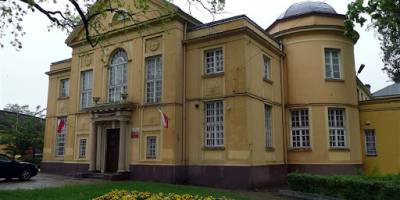
Old factories

Churches
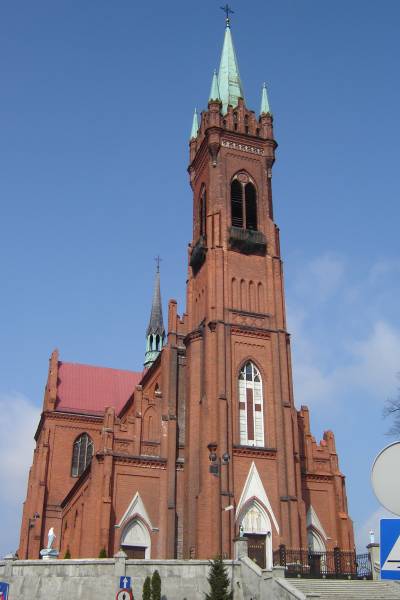
Plac Stu Straconych
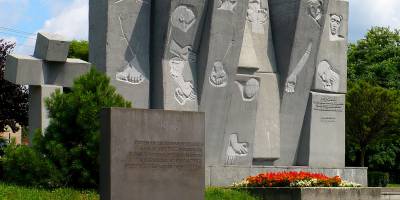
Cmentarz Żydowski
